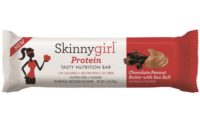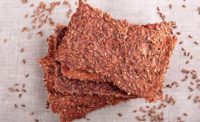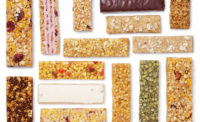I am 100% sure that you have received a load of “must-have” nutritional advice. The overload of life lessons like this can be quite overwhelming, not to mention scary. I used to go to bed at night questioning my nutrition skills, thinking about how in the world I missed the research proving all of those theories. Well, a quick search or even a phone call to mom (or grams), proved false.
Myths about nutrition tend to stay around for years and years and, somehow, they touch a very sensitive button in many of us. We want to be the best super moms and dads ever, yet when our best friend shares her amazing nutrition discovery, we may look at each other and wonder if it has any validity…Great news! I have taken the liberty of sharing some of the most popular nutrition myths with you, so that you can be charged with up-to-date, accurate nutrition information.
Some of this will ring a bell, while some will make you go back to your best friends and set them straight. Whatever you do, remember that nutrition is one of the most controversial topics—it’s right up there with politics and religion. Here are some of the myths:
Your body can tell the differences between sugars
Somehow, honey seems to have a more “natural” appeal in the sweeteners category, and people claim that it’s less fattening. But as far as your body is concerned, there is no difference in calories if you dip into your sugar bowl or squirt honey from a bottle. Honey, sugar and even high-fructose corn syrup are all broken down into glucose and fructose. Honey is a little sweeter than sugar, so you may use less of it, but that’s likely the only benefit. Raw sugar, brown sugar, cane sugar, turbinado sugar, etc., are all basically the same. Honey is less refined than white sugar, but that only means more molasses, which is nutritionally insignificant. And by the way, sugar does not cause diabetes—another popular myth.
Calories eaten at night are more fattening
It’s the total calories that count, not the time of day you eat them. There is no “witching hour” that makes food more likely to adhere to your hips. That said, avoid late night eating. People who skip meals and come home to devour a feast and more will probably overeat more calories than they would have eaten had they spaced their meals throughout the day and paid attention to calories, not the time of day.
Low-fat and gluten-free means low calories
Whenever the word “low” appears on a label, it should be a signal to keep looking a little further. A few important numbers people forget to look at (and I see as most important) are the serving size and the total calories on the Nutrition Facts Label. Low-fat and gluten-free foods may have the same amount of calories as gluten-containing, full-fat food versions. This is particularly true with foods labeled fat-free. Often, the fat is replaced with calories. The bottom line: Low-fat and fat-free foods don’t mean you can eat all you want.
Multigrain is 100% whole grain
The only way to know for sure if what you are eating is “whole grain” is if the word “whole” leads the ingredient list on the package label in front of every grain. Multigrain, 7-grain and even cracked wheat don’t mean you can assume that 100% whole grains are included. Even breads and cereals stating “made with whole grains” may contain few whole grains. Look for products that are labeled “100% whole grain.”
Frozen vegetables are not as nutritious as fresh
Just-picked vegetables and fruits do provide more vitamins and minerals than their fresh counterparts. If you’re lucky enough to get just-picked produce, do so. The longer fresh produce stays in storage, the more the nutrient levels may drop. The beauty of frozen vegetables and fruits is that they can be flash-frozen immediately after they’re picked to preserve their nutrients. Use the microwave to cook veggies, so you can continue to preserve the nutrients.




